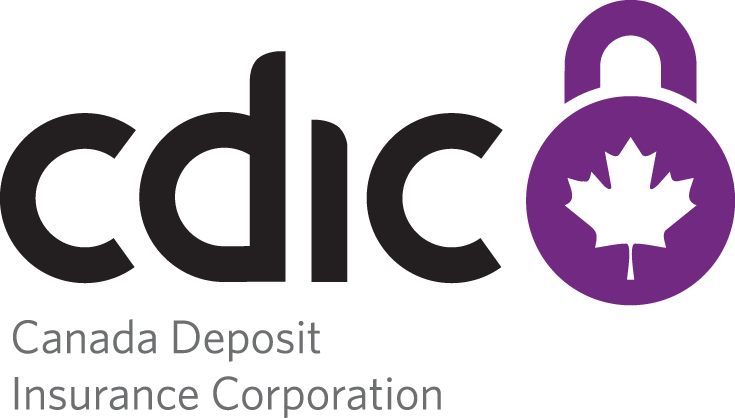A bridge bank is a tool available when an institution fails and there is no buyer or private-sector solution on the horizon. It is meant to “bridge” the gap between when an institution fails and when a buyer or private-sector solution can be found. CDIC can use this tool to take temporary control of the failed bank, transferring all or part of the bank’s business to the new “bridge bank,” which is temporarily owned by CDIC.
Customers of the failed bank automatically become customers of the bridge bank and continue to have access to their deposits and financial services. As owner, CDIC may appoint new board directors and executives to handle the efforts to restructure and stabilize the bank. Once stable, the bridge bank is sold to the private sector.
FAQ
How will I access my money or my financial services?
CDIC will transfer all insured deposits to the bridge bank and may also transfer uninsured deposits and other assets to ensure the new bridge bank is viable and continues to provide financial services to its customers. CDIC’s deposit protection remains in place.
You will have full access to ATM networks and online banking, and will have access to financial services. You do not have to do anything— you will be contacted by the bridge bank with an update.
What will happen to my mortgage, credit cards, mutual funds, etc.?
There are no changes to mortgages. You may continue to make your regular payments. Regular services for other financial products and services will continue to be provided by the bridge bank. You do not have to do anything—the bridge bank will contact you directly if there are any changes that affect you.
How long will CDIC “own” the bank?
The objective is to return the institution to private ownership at the earliest opportunity.
Who will run the bridge bank?
A bridge bank will be run much like any bank, by a board of directors and an executive team chosen for their ability to lead the bridge bank through restructuring and back to the private sector. Executives and directors may be drawn from the bank itself or its own succession planning, as well as from CDIC’s stand-by executive roster, consisting of highly experienced financial sector leaders who stand ready to take on a challenging role and support the stability of the financial system in Canada.
To learn more, consult our bridge bank backgrounder.
